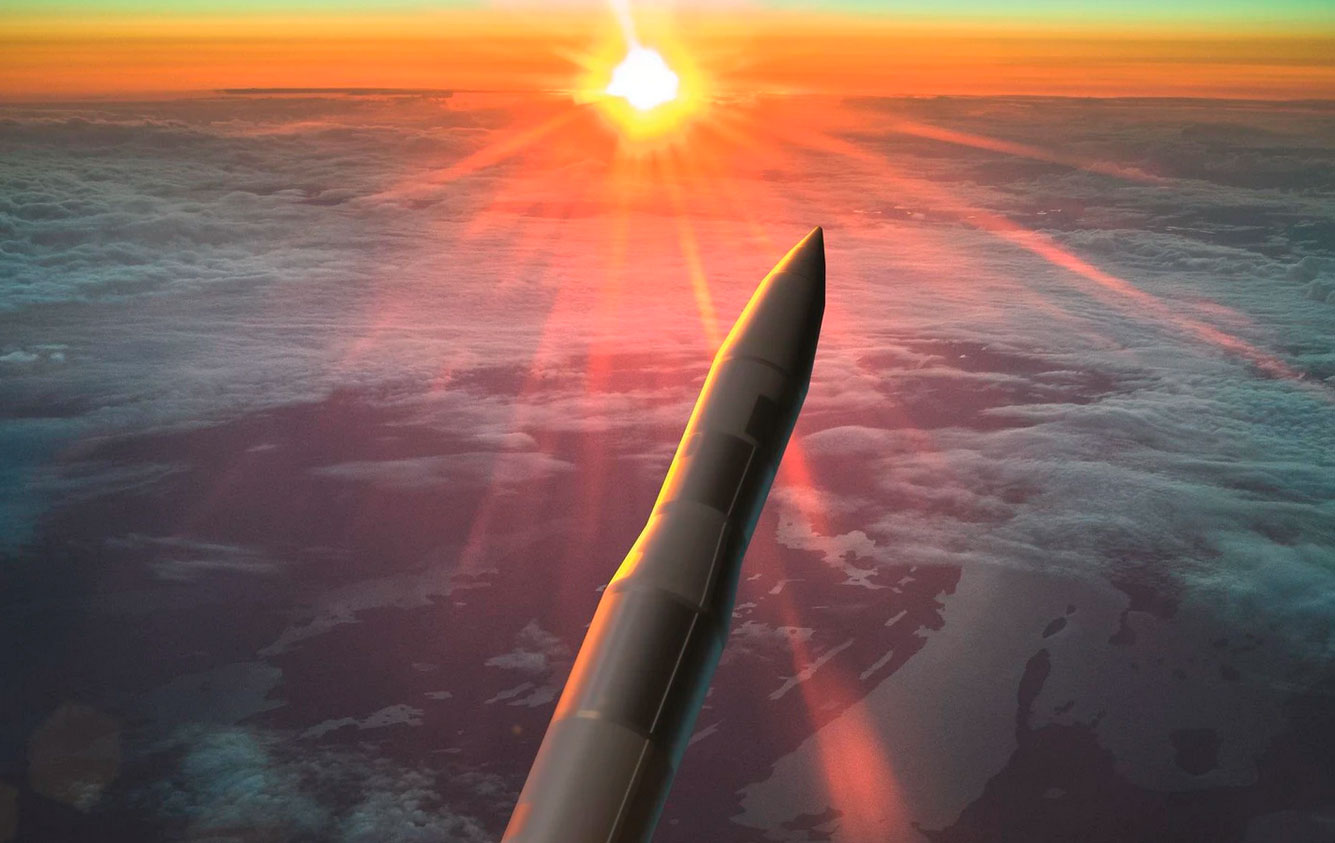El programa de desarrollo de la nueva generación de ICBM de lanzamiento terrestre, Ground Based Strategic Deterrent (GBSD), fue asignado a la empresa Northrop Grumman por un contrato de US$ 13.300 M. El acuerdo establece que el sistema debe estar en servicio en el 2029, para reemplazar a los actuales ICBM Minuteman III, activo desde 1970. Las mejoras al nuevo sistema incluyen Seguridad – Precisión – Confiabilidad, entre otros aspectos. GBSD es el componente terrestre de la “Triada Nuclear” de EUA, complementados por los Submarinos y los Bombarderos Estratégicos.
HILL AIR FORCE BASE, Utah – U.S. Air Force strategic weapons experts are choosing Northrop Grumman Corp. to design the next-generation U.S. intercontinental ballistic missile (ICBM) to replace the Minuteman III under terms of a $13.3 billion contract announced Tuesday.
Officials of the Air Force Nuclear Weapons Center at Hill Air Force Base, Utah, are asking Northrop Grumman to design the Ground Based Strategic Deterrent (GBSD). Northrop Grumman will provide engineering and manufacturing development (EMD) for the GBSD at a newly built facility in Roy, Utah, adjacent to Hill Air Force Base.
The effort will take 8.5 years and include weapon system design, qualification, test and evaluation, and nuclear certification, Northrop Grumman officials say. The Air Force wants the new missile to be operational by 2029. The EMD award follows a three-year technology maturation and risk reduction phase-one effort under the GBSD competition.
The Northrop Grumman GBSD team includes Aerojet Rocketdyne in El Segundo, Calif.; Bechtel Corp. in Reston, Va.; Clark Construction Group in Bethesda, Md.; the Collins Aerospace segment of Raytheon Technologies Corp. in Cedar Rapids, Iowa; General Dynamics Corp. in Reston, Va.; HDT Global Inc. in Solon, Ohio; Honeywell International Inc. in Charlotte, N.C.; Kratos Defense and Security Solutions Inc. in San Diego; L3Harris Technologies in Melbourne, Fla.; Lockheed Martin Corp. in Bethesda, Md.; and Textron Systems in Providence, R.I.
Also on the Northrop Grumman GBSD team are hundreds of small- and medium-sized companies from across the defense, engineering, and construction industries, Northrop Grumman officials say.
The GBSD ICBM is the follow-on to the aging LGM-30G Minuteman III ICBM and first became operational in 1970. The GBSD ICBM will have increased accuracy, enhanced security, and improved reliability.
The GBSD will have a 300-kiloton W87 Mod 0 thermonuclear warhead of unknown yield, capable of air- or ground-burst detonation. The silo-launched missile will have three-stage solid-fuel rocket propulsion with inertial and GPUS guidance.
The GBSD will replace the U.S. Minuteman III fleet, which constitutes one-third of the nation’s nuclear weapons deterrent. Other U.S nuclear warheads are on submarine-launched ballistic missiles and on manned jet bombers.
Each Minuteman III missile is 60 feet tall, 5.5 feet in diameter, and powered by three solid rocket motors that can launch the 80,000-pound missile to altitudes of 700 miles to deliver nuclear warheads as far away as 6,500 miles. Each missile contains as many as three independently targeted warheads in separate reentry vehicles.
The U.S. maintains Minuteman III missiles at 450 missile sites in Colorado, Montana, Nebraska, North Dakota, and Wyoming. The missiles themselves are in underground silos and are ready for launch on very short notice.
The Minuteman III originally was equipped with a Rockwell Autonetics D37D flight computer, but as of 2008 had been upgraded as part of the Minuteman-III Guidance Replacement Program (GRP).


